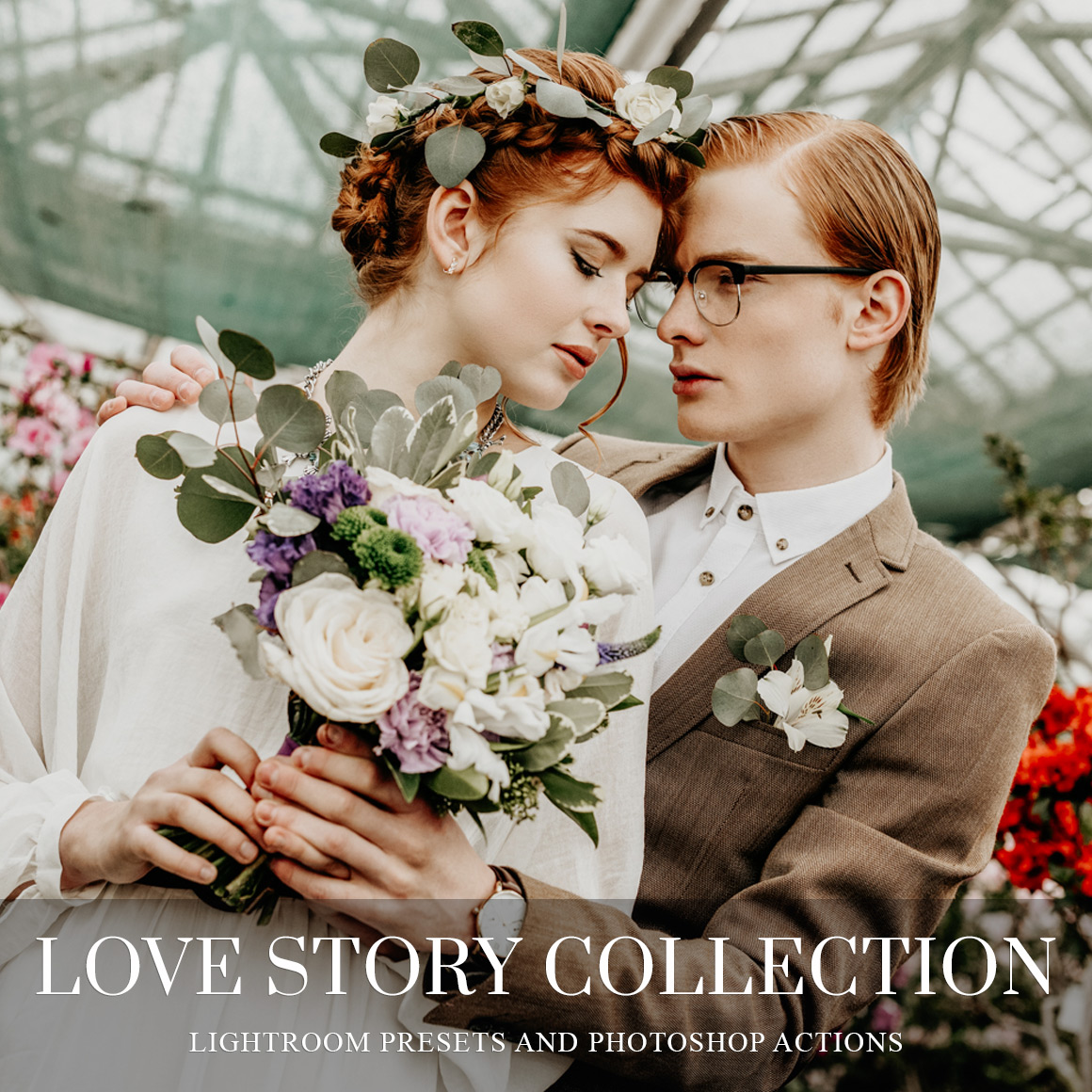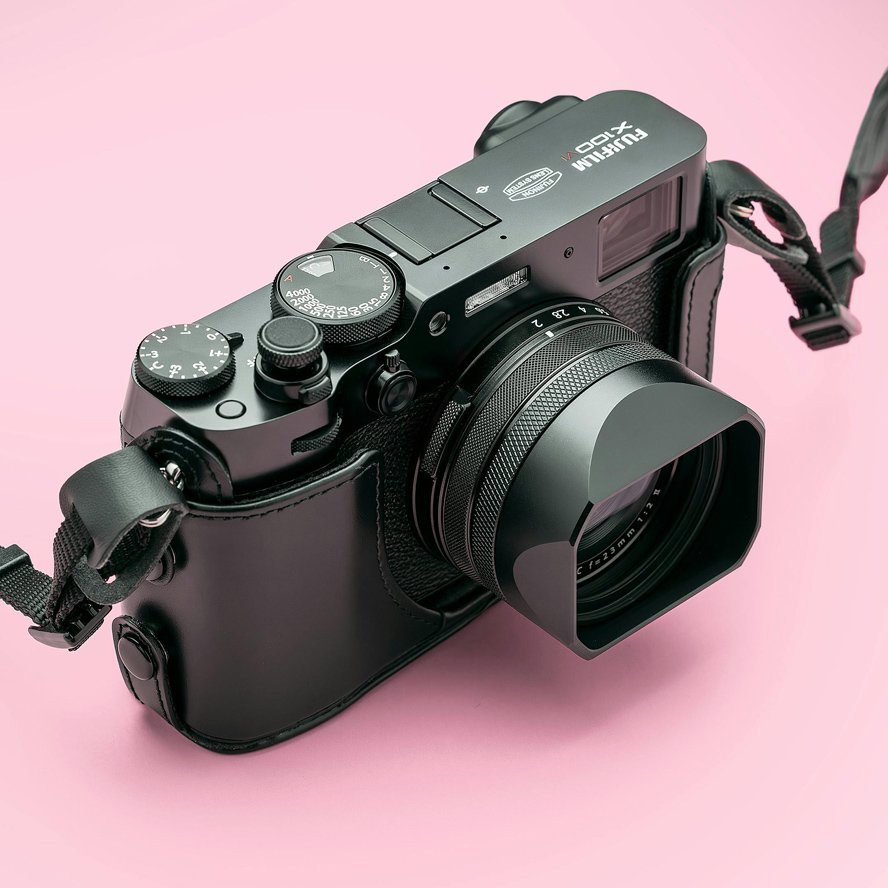The best astrophotography lenses for your camera
Excellent camera equipment is important when trying to capture the night sky in stunning detail, and the lens you choose may be the most important factor.
You need a wide-angle, wide-aperture lens in addition to a camera with high light sensitivity and strong low light image quality to capture as much of the night sky in a single photograph.
What to look for when choosing an excellent lens for astronomy
Because a full frame is the ideal sensor size for astrophotography, many of the lenses in this round-up were created for this format, and the most preferred focal length is between 14 and 24 mm. The corresponding focal length for APS-C lenses is around 9–16 mm, but for Micro Four Thirds, the range is 7–12 mm. A wide-angle lens works well in this area for even intricate vertical multi-shot panoramas that capture the Milky Way.
Aperture size also matters since it affects how much light is let in, which is essential for producing the finest possible images while working in low light. The maximum aperture should be as wide as possible. Any aperture between f/1.4 and f/4 is suitable.
You should choose a wide-angle lens that holds detail effectively since one downside of wide-angle lenses is the image quality drop-off in the corners. When set at their widest aperture, mirrorless lenses can offer superior corner detail performance compared to similar DSLR lenses.
Additionally, you may select between zoom and fixed focal length lenses. Zoom lenses have significantly improved in terms of quality; nonetheless, handling, not picture quality, is what really sets them apart. For instance, a fixed focal length lens will probably be less expensive, smaller, and have a wider maximum aperture than a zoom lens, which is often bulkier but gives you more focal length options.
One more thing to note is that there are lenses for popular cameras like Canon, Nikon, and Sony, as well as many third-party solutions for various lens mounts. Obviously, it is impossible to include every acceptable lens in this list. From Full-Frame to Micro Four Thirds, this collection is arranged according to sensor size.
So without further hemming and hawing, here is the list of the top astrophotography lenses, starting with the finest full-frame lenses, then the best APS-C lenses, and finally the best Micro Four Thirds lenses.
Most effective full-frame lenses for astrophotography
1. Samyang SYXP14-C XP
The best prime lens for astrophotography on Canon and Nikon
Brand: Samyang Lens
Type: Wide Angle
Compatible Mountings: Canon EF
Camera Lens Description: 9
Maximum Focal Length:14
Aperture range: f/2.4 - f/22
Angle of view of 114.12 Degree with a minimum focus distance of 11.02" (28 cm)
Magnification of 0.08x with 9 diaphragm blades
Constructed with 18 elements in 14 groups
2. Sigma 14-24mm f/2.8 DG HSM
The best DSLR zoom lens for astrophotography
Mount: Canon EF, Nikon F, Sigma
Full-frame compatible: Yes
Autofocus: Ring-type ultrasonic AF
Stabiliser: No
Diaphragm blades: 9
Max angle of view (diagonal): 114 degrees (Full-frame)
Dimensions (WxL): 95x126mm
Weight: 1,150g
3. Sigma 14mm f/1.8 DG HSM
Very classy ultra-wide with an extra-large max aperture
Mount: Canon EF, Nikon F, Sony FE, Sigma
Full-frame compatible: Yes
Autofocus: Ring-type ultrasonic AF
Stabiliser: No
Diaphragm blades: 9
Max angle of view (diagonal): 114 degrees (Full-frame)
Dimensions (WxL): 95x109mm
Weight: 1,170g
4. Tamron SP 15-30mm f/2.8 Di VC USD G2
The best stabilized lens for Canon and Nikon DSLRs
Mount: Canon EF, Nikon F
Full-frame compatible: Yes
Autofocus: Ring-type ultrasonic AF
Stabiliser: Yes
Diaphragm blades: 9
Max angle of view (diagonal): 110.5 degrees (Full-frame)
Dimensions (WxL): 96x135mm
Weight: 1,100g
5. SAMYANG 10mm f/2.8 ED AS NCS CS Manual Focus Lens
The Best for crop-sensor camera
Mount: Canon EF-S, Canon EF-M, Nikon DX, Sony E, Sony A, Fujifilm X, MFT, Pentax K, Samsung NX
Full-frame compatible: No
Autofocus: No
Stabiliser: No
Diaphragm blades: 6
Max angle of view (diagonal): 106 degrees (APS-C)
Dimensions (WxL): 76x98mm
Weight: 590g
7. Irix 15mm f/2.4 Blackstone
A great wide-angle prime for astrophotography
Mount: Canon EF, Nikon F, Pentax K
Full-frame compatible: Yes
Autofocus: No
Stabiliser: No
Diaphragm blades: 9
Max angle of view (diagonal): 110 degrees (Full-frame)
Dimensions (WxL): 100x114mm
Weight: 685g
8. Canon EF 16-35mm f/2.8L USM III
Wide-angle zoom for Canon DSLRs
Mount: Canon EF
Full-frame compatible: Yes
Autofocus: Ring-type ultrasonic AF
Stabiliser: No
Diaphragm blades: 9
Max angle of view (diagonal): 108 degrees (Full-frame)
Dimensions (WxL): 89x128mm
Weight: 790g
9. Canon RF 15-35mm f/2.8L IS USM
A pro-spec constant-aperture f/2.8 ultra-wide zoom for EOS R cameras
Mount: Canon RF
Full-frame compatible: Yes
Autofocus: Nano USM
Stabiliser: No
Diaphragm blades: 9
Max angle of view (diagonal): 110 degrees (Full-frame)
Dimensions (WxL): 88.5x127mm
Weight: 840g
10. Nikon AF-S 14-24mm f/2.8G ED
The best own-brand Nikon ultra-wide lens.
Mount: Nikon F
Full-frame compatible: Yes
Autofocus: Ring-type ultrasonic AF
Stabiliser: No
Diaphragm blades: 9
Max angle of view (diagonal): 114 degrees (Full-frame)
Dimensions (WxL): 98x132mm
Weight: 1,000g
























